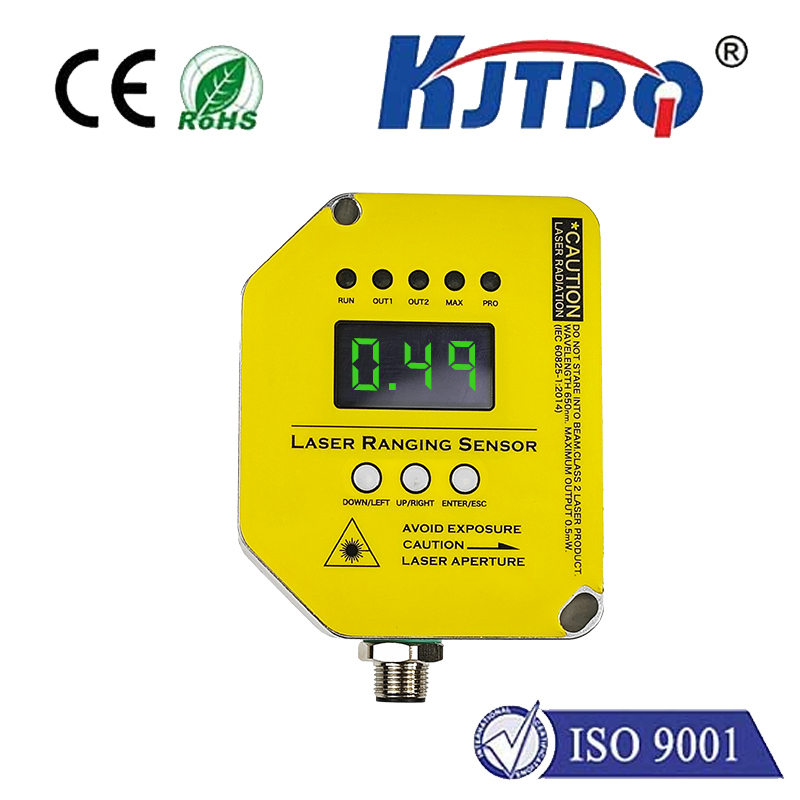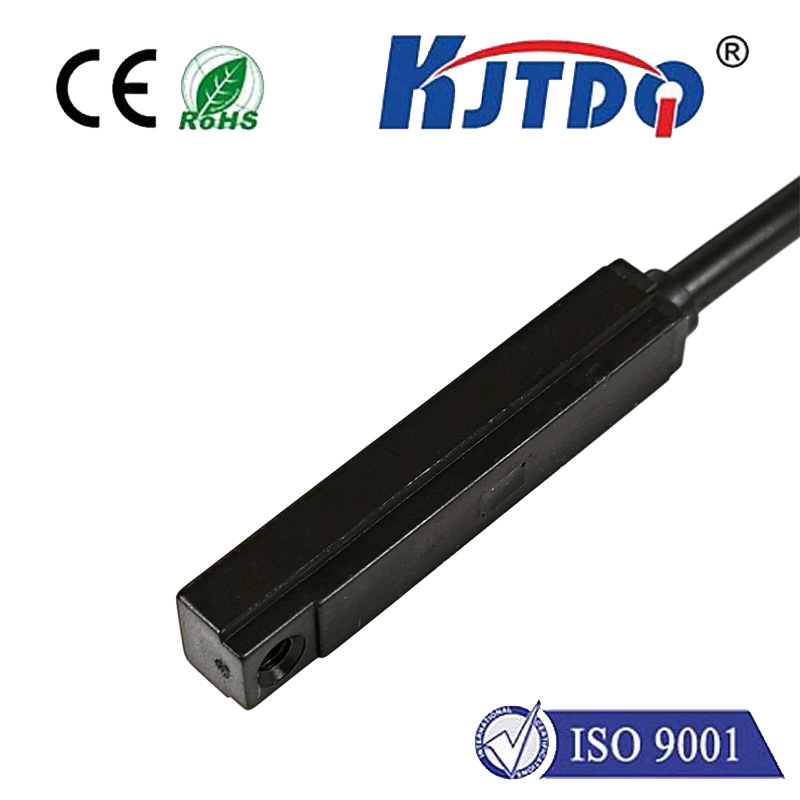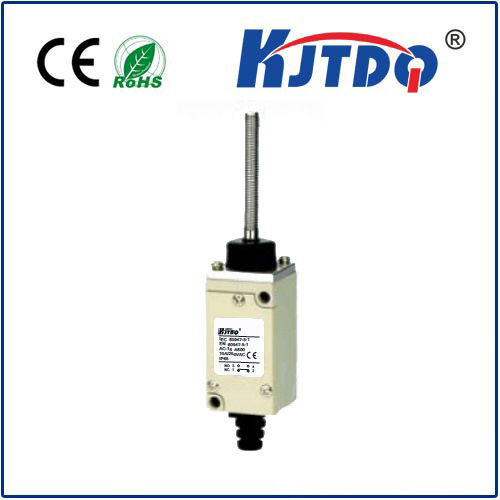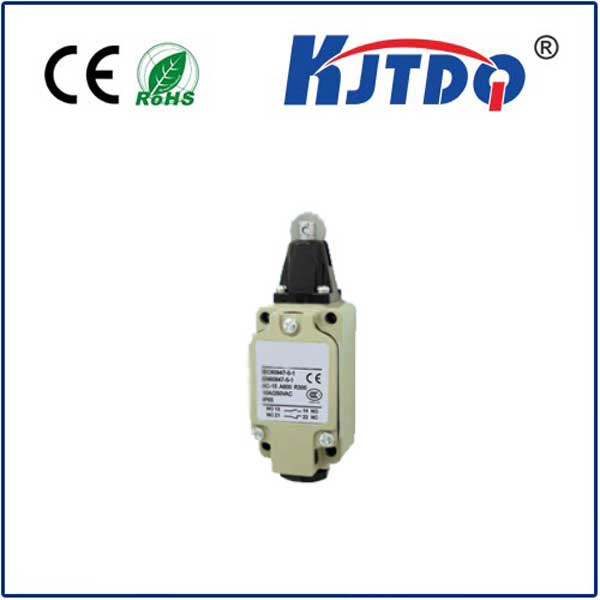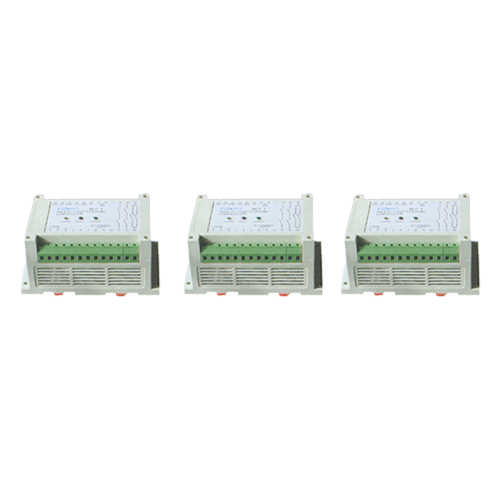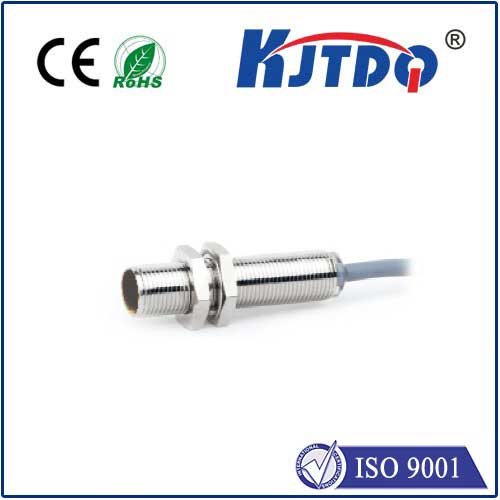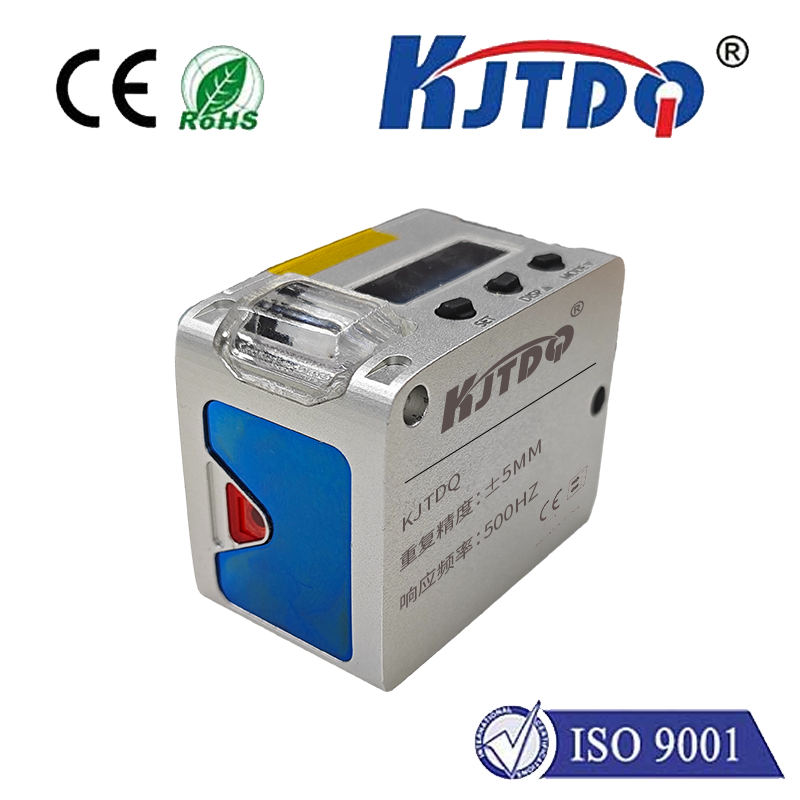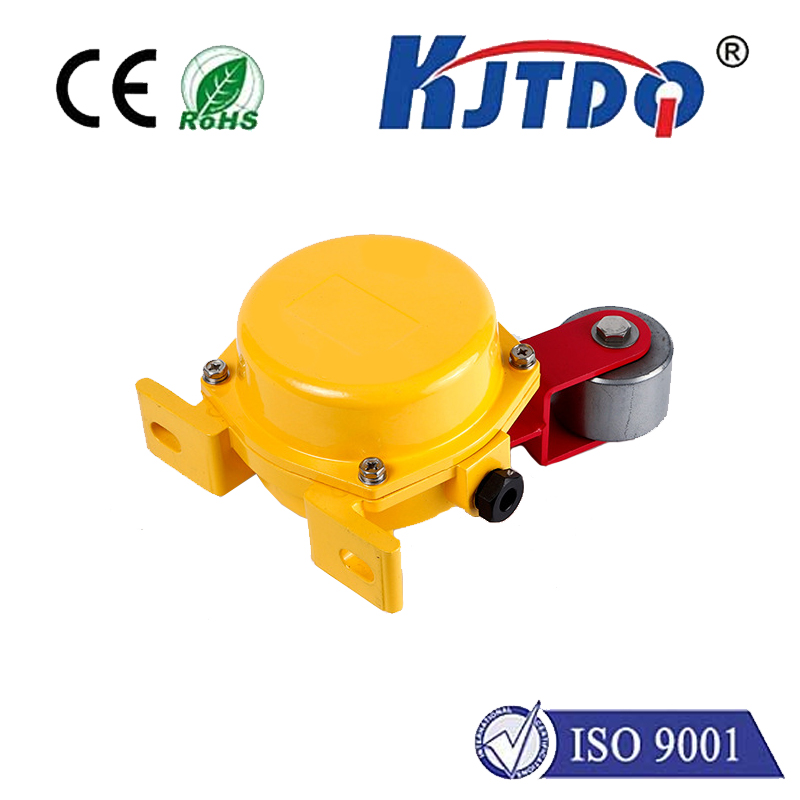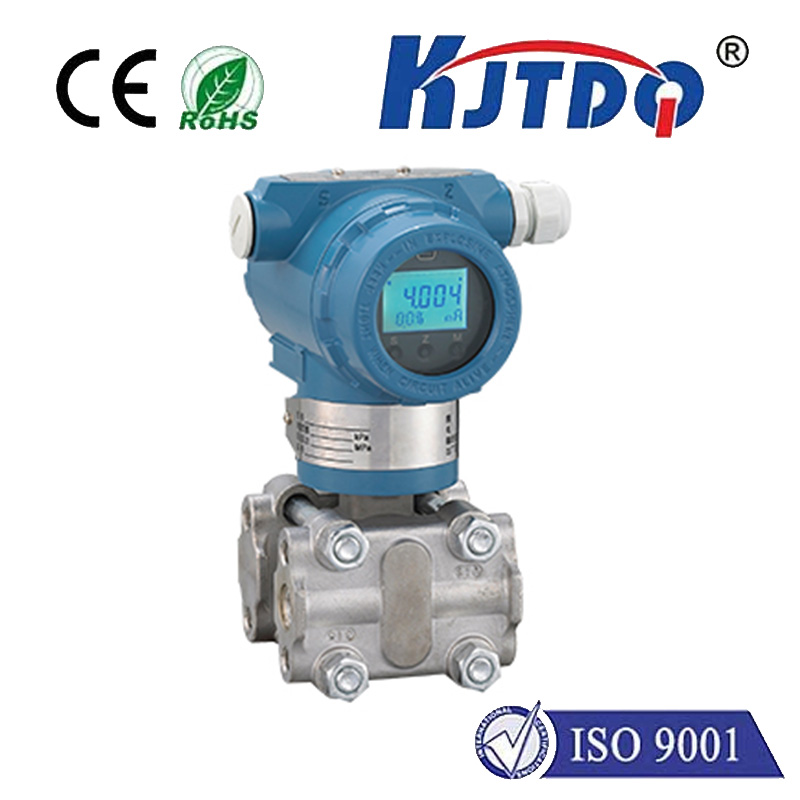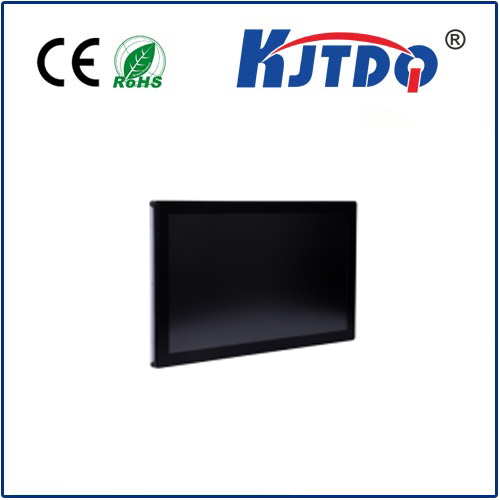

check

check

check

check
Title: Micro Laser Distance Sensor: Revolutionizing the Way We Measure Distances
Micro laser distance sensor is a cutting-edge technology that has been gaining immense popularity in recent times. This innovative device utilizes a tiny laser to measure the distance between two objects with an incredible level of accuracy. In this article, we will explore how micro laser distance sensors work, their applications, and why they are transforming the way we perceive distances.

At its core, a micro laser distance sensor consists of a laser diode, a photodiode, and an analog-to-digital converter (ADC). The laser diode emits a beam of light that is reflected by the object being measured. The photodiode then captures the light and converts it into an electrical signal. The ADC then processes this signal and converts it into a numerical value that represents the distance between the objects.
One of the key advantages of micro laser distance sensors is their ability to measure distances with extreme precision. They can achieve accuracy levels as low as 0.1 millimeters, which is equivalent to measuring the width of a human hair from space. This makes them ideal for a wide range of applications, including robotics, automation, healthcare, automotive, and aerospace industries.
In the field of robotics, micro laser distance sensors are widely used to navigate robots safely through complex environments. They help robots detect obstacles and avoid collisions, ensuring that they can operate efficiently and effectively in real-world scenarios. Similarly, in the automotive industry, micro laser distance sensors are used to measure distances between cars and other vehicles or pedestrians, providing valuable data for accident prevention and safety measures.
In healthcare, micro laser distance sensors are used to measure body fat percentage and muscle mass. By using these sensors, doctors can obtain accurate readings without having to resort to invasive procedures such as bioelectrical impedance analysis (BIA). Additionally, micro laser distance sensors are also being used to measure blood glucose levels in people with diabetes, allowing for more precise dosing of medication.
In conclusion, micro laser distance sensors are revolutionizing the way we perceive distances by providing us with unprecedented levels of accuracy and precision. As this technology continues to evolve, we can expect to see even more innovative applications in various fields, further enhancing our ability to navigate the world around us safely and efficiently. So, if you're looking for a reliable and accurate way to measure distances, a micro laser distance sensor might just be the solution you need!
